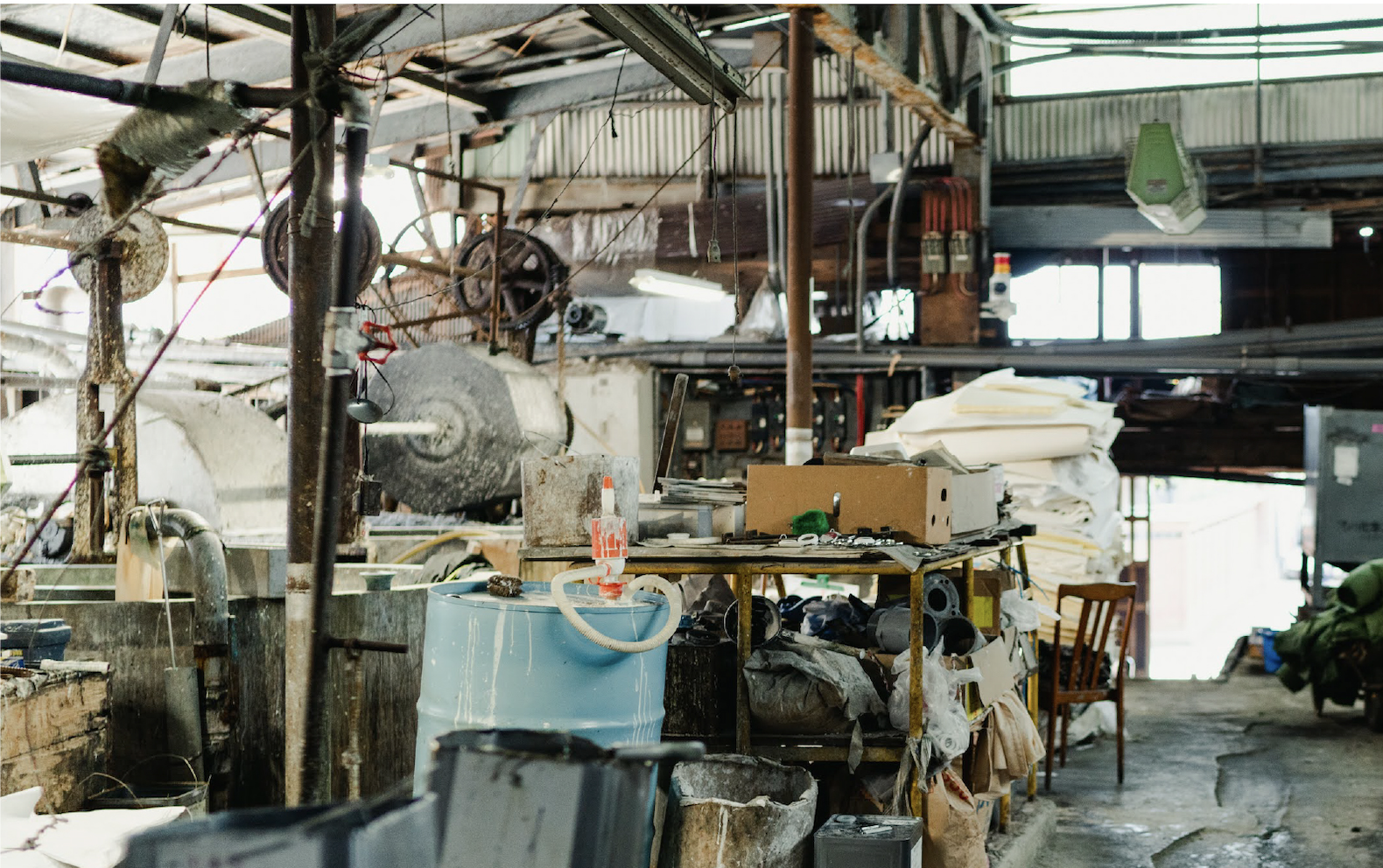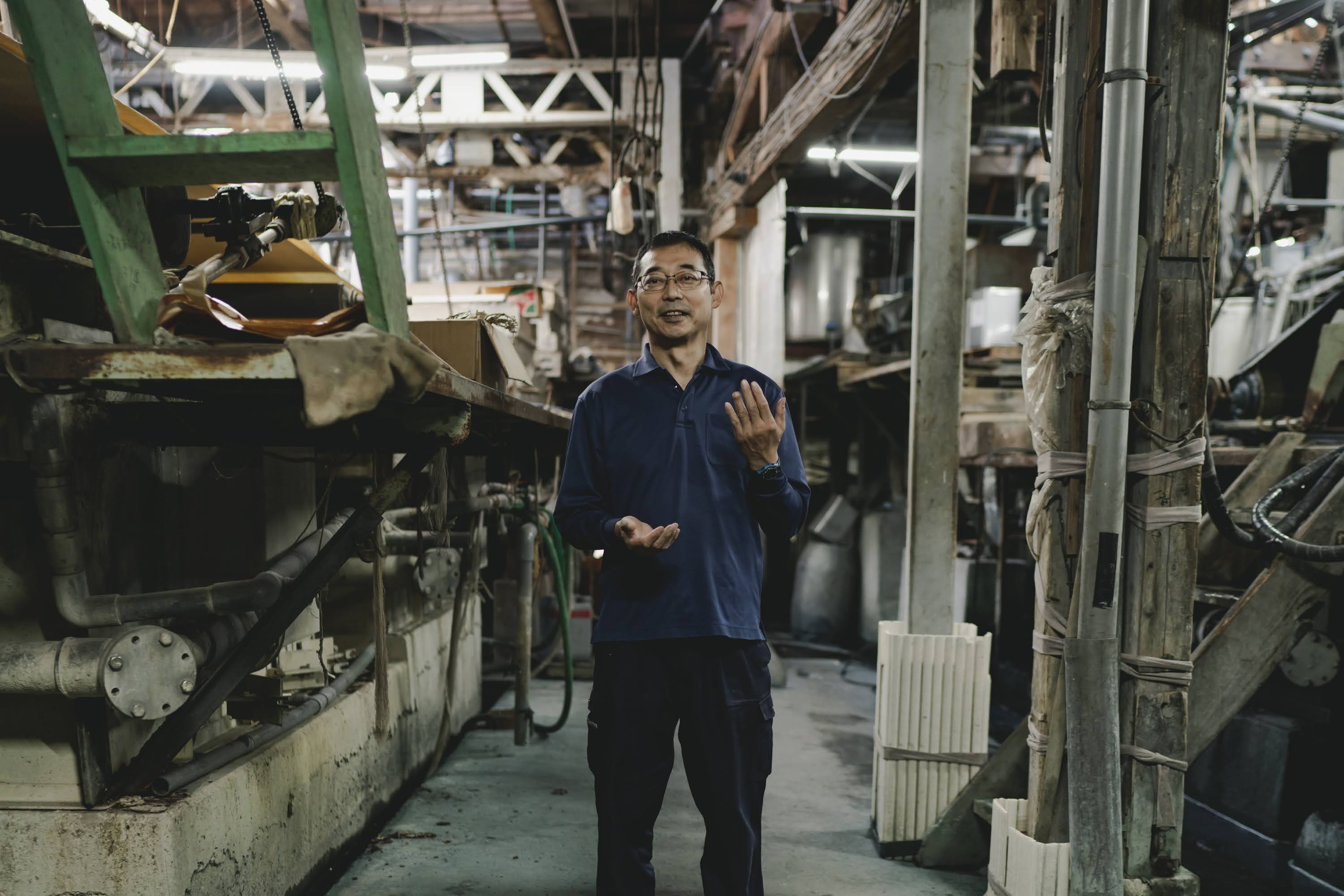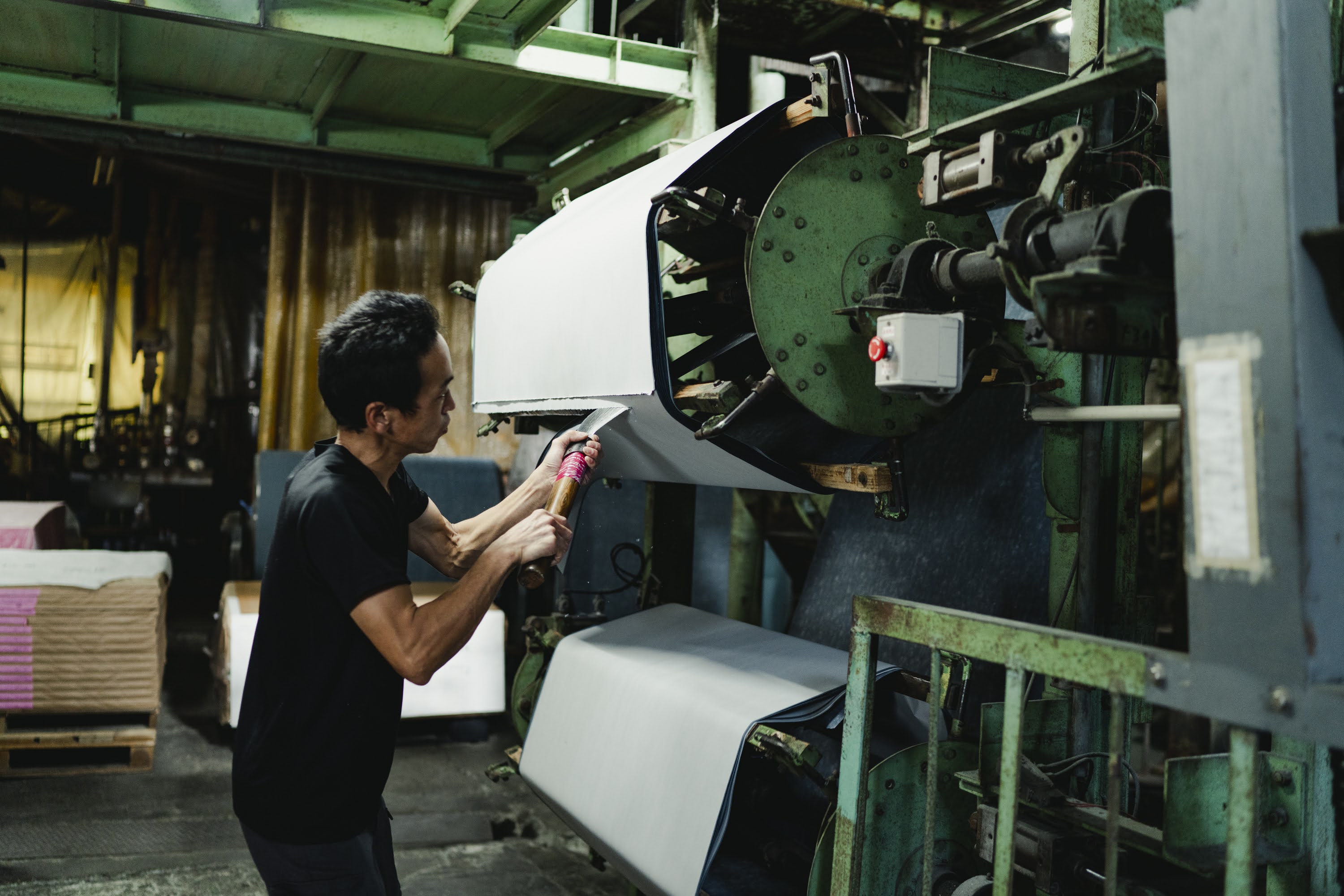Clan Bills and Banknotes: The Paper that Makes the World Go Round
The world economy revolves around money. Japan, without exception, conducts its economic activities using banknotes and coins. Naturally, paper money is made of paper, but did you know that Echizen Washi was deeply involved in the history of its creation?
Gold, silver, and copper coins minted using gold, silver, and copper were the main types of money in Japan, but during the Edo period, "hansatsu," or domain currency made of Washi, was issued. It is said that the first clan bills, the beginning of paper money, were made by the Fukui clan.
During the reign of the fourth lord, Matsudaira Mitsumichi, the Fukui domain was in financial difficulties. The clan's debts had ballooned due to a series of bad harvests that had reduced its income from annual tribute, as well as a series of land reductions and two major fires at the Fukui Castle. Therefore, Mitsumichi received permission from the Shogunate to issue "hansatsu" in 1661.
A clan bill is a so-called local currency, a paper currency that can be used only within the clan territory. Fukui han-satsu were produced in the Goka district, the home of Echizen washi, and the special manufacturing techniques were kept under strict confidentiality control. If counterfeit bills were produced, they would be misused and could shake the clan government.

The Fukui Clan strictly enforced the paper craftsmen to submit a letter of request to the government, stating that those involved in the production of the han-satsu must not tell anyone, not even their parents or siblings, about the ingredients used or the paper-making process, not hide even a scrap of paper, and if anyone made a paper similar to the one used for the satsu by order from another source, to report it.
Carrying on tradition while changing the appearance of paper money
The Echizen washi production area, whose economy had been sustained by its production ever since the use of clan currency began, lost all its work at once with the end of the Edo shogunate. Naturally, the craftsmen found themselves in a difficult situation, but after the Meiji Restoration, as the new government proceeded with nation-building, Echizen washi was once again called upon to produce new banknotes.
It was Kimimasa Yuri, a high-ranking official of the new government, who recommended the use of Echizen washi.
Yuri Kimimasa, who had strictly supervised the craftsmen for the production of clan currency during his time as a samurai of the Fukui domain, worked hard to ensure that the new Meiji government would make use of the skills of these craftsmen.
The new banknotes were called "Dajokansatsu," and were the first nationally accepted banknotes in Japan, and were to be made in the Goka area. Although German banknote paper was temporarily used due to rampant counterfeiting, seven paper makers from the Goka area were invited to the Paper Making Department of the Ministry of Finance in Tokyo in 1875 to develop new banknotes. Later, the Western "paper-shaping" method was adopted to produce dense and durable kyokushi (stationary paper). Furthermore, a special technique called "black watermarking" was developed to prevent counterfeit bills, and has been incorporated into current banknotes.
The high level of papermaking skills of Echizen washi craftsmen became known worldwide at the Paris World's Fair held in 1878. When the Paper Shoji Bureau of the Ministry of Finance exhibited the bureau paper, a banknote paper it had developed, it caused quite a stir as a fine paper called "Japon". The "Japon" was a great source of inspiration, especially among French printmakers. This "Japon" was a great stimulus, especially to French printmakers, and books with gorgeous illustrations using bureau paper became popular.
Craftsmen overcoming turbulent times
Furthermore, using this technology, stock certificate paper was also manufactured in the Goka area during the Showa period (1926-1989), with a market share of approximately 99%. The share certificates are watermarked with the company's logo and other information, during the bubble period, about 100 workshops were in full operation to produce these certificates.
The reason why Echizen was continuously chosen as a production center for banknotes and stock certificates, which require strict care in handling, was because of the high technology and quality of Echizen washi and the solid cooperative relationship between the workshops, which engendered strong trust.
Akihiro Yamada, president of Yamada Keitei Co.,Ltd. who actually produced stock certificates for major companies, says that the reason he has been able to continue his papermaking business without being swallowed up by the rapid trends of the times, such as the computerization of stock certificates, is not only the high skills of each individual craftsman, but also the unity of the production area.

"Of course there are fads and fashions, but I believe it is important for each and every craftsman to work with ideas and have fun while doing so. Showa, Heisei, and 2022 are all turbulent times, with disasters and an economy that is never stable. I feel like I am in a survival situation, but I need to be able to overcome the hurdles that are placed in front of me anyway."

We must not be complacent about our high technology, but keep it honestly and earnestly, while devising and connecting it for the future. Echizen washi has been in existence for 1,500 years because of the pride and responsibility of being the government's chosen production center, and because even a single craftsman has been able to overcome the pressure of not being able to step out of line.
Text / Mikiyo Sato


